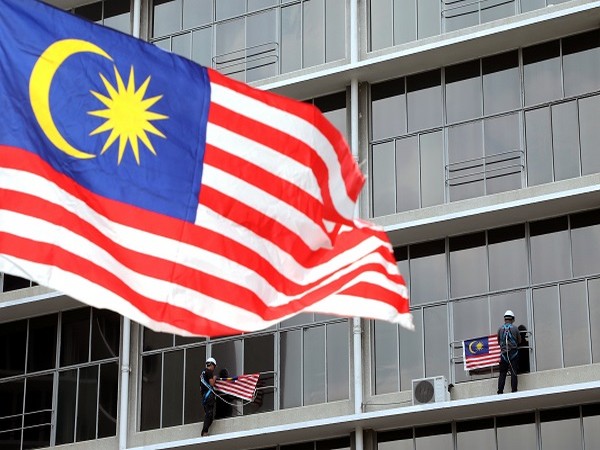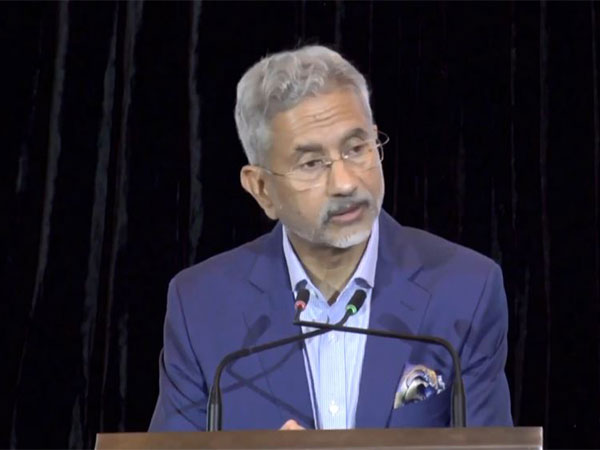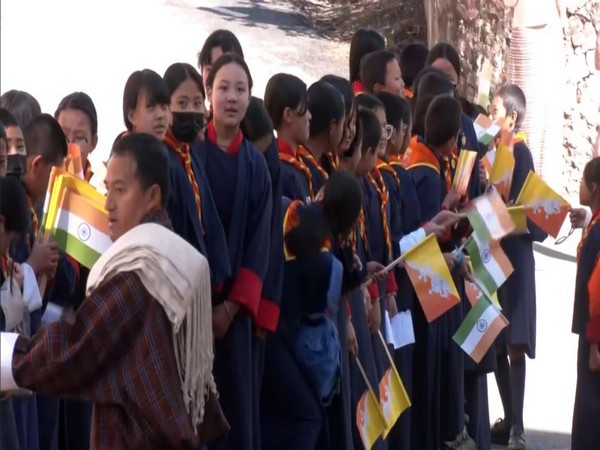
Chinese coast guard vessels harass Malaysian oil, gas development work off Sarawak: US think tank

Washington [US], July 10 (ANI): Chinese coast guard (CCG) vessels since early June have been harassing new Malaysian oil and gas development work off Sarawak, according to a US think tank, Center for Strategic and International Studies.
“This is at least the third time since last spring that the CCG has harassed Malaysian energy exploration,” the US think tank said in the report titled “Contest at Kasawari: Another Malaysian Gas Project Faces Pressure.”
“It demonstrates again Beijing’s persistence in challenging its neighbors’ oil and gas activities within their own exclusive economic zones. And the air patrol, which was likely not a coincidence, suggests Beijing’s willingness to engage in parallel escalation to pressure other claimants to back down,” the report said.
The tensions between Malaysia and China revolve around development of the Kasawari gas field in Malaysia’s block SK316. The report stated that first discovered in 2011, Kasawari has been under development for several years. The block sits approximately 4.3 nautical miles north of another gas field, NC3, which came online in 2016. Like NC3, the Kasawari field will feed into liquefied natural gas production facilities at Bintulu, Sarawak, 100 nautical miles to the south.
On June 1, just before the construction work at Kasawari was to begin, 16 Chinese military aircraft approached to within 60 nautical miles of Sarawak “flying in tactical formation.” Malaysian fighter jets scrambled from Labuan after the Chinese planes ignored attempts to communicate.
After the incident, Malaysian foreign minister Hishamuddin Hussein erroneously stated that the aircraft had violated “Malaysian airspace and sovereignty,” summoned the Chinese ambassador to Malaysia, and vowed to file a diplomatic protest. The likely trigger for the patrol–and Malaysia’s angry reaction–was clear three days later.
CCG vessels regularly operate around nearby Luconia Shoals, staying there for months and often making passes by Malaysian offshore energy operations, said the report.
Ship-tracking data from commercial provider Marine Traffic shows that the CCG 5403 was operating in the area on June 4 when the Sapura 2000, a pipelay barge owned and operated by Malaysia’s Sapura Energy, arrived at Kasawari along with several offshore supply vessels. Sapura Energy is contracted to install the jacket and topside of the wellhead platform at Kasawari.
Ship-tracking data from commercial provider Marine Traffic shows that the CCG 5403 was operating in the area on June 4 when the Sapura 2000, a pipelay barge owned and operated by Malaysia’s Sapura Energy, arrived at Kasawari along with several offshore supply vessels. Sapura Energy is contracted to install the jacket and topside of the wellhead platform at Kasawari, the report said.
Meanwhile, a China Coast Guard ship remained at Kasawari along with two Malaysian barges, Sapura 2000 and Sapura 3000.
“The CCG 5303, Sapura 2000, and Sapura 3000 all remain at Kasawari. While the current tensions are likely to subside once installation of the wellhead is complete, a second phase of work at Kasawari slated for 2022 suggests that friction between Chinese law enforcement and Malaysian offshore energy operations off Sarawak is almost guaranteed to continue,” the report added. (ANI)

















POST COMMENTS (0)